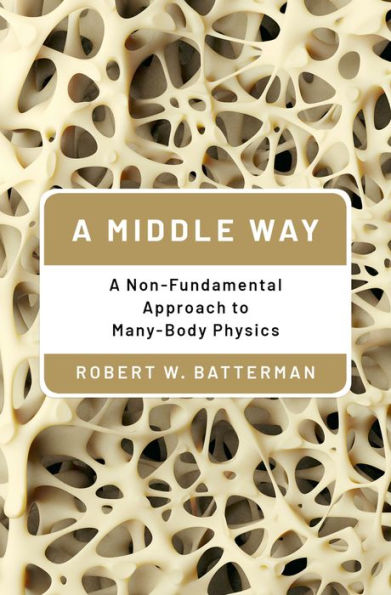Robert W. Batterman's monograph examines a ubiquitous methodology in physics and the science of materials that has virtually been ignored in the philosophical literature. This method focuses on mesoscale structures as a means for investigating complex many-body systems. It challenges foundational pictures of physics where the most important properties are taken to be found at lower, more fundamental scales. This so-called "hydrodynamic approach" has its origins in Einstein's pioneering work on Brownian motion. This work can be understood to be one of the first instances of "upscaling" or homogenization whereby values for effective continuum scale parameters can be theoretically determined. Einstein also provided the first statement of what came to be called the "Fluctuation-Dissipation" theorem. This theorem justifies the use of equilibrium statistical mechanics to study the nonequilibrium behaviors of many-body systems. Batterman focuses on the consequences of the Fluctuation-Dissipation theorem for a proper understanding of what can be considered natural parameters or natural kinds for studying behaviors of such systems. He challenges various claims that such natural, or joint carving, parameters are always to be found at the most fundamental level. Overall, Batterman argues for mesoscale first, middle-out approach to many questions concerning the relationships between fundamental theories and their phenomenological, continuum scale cousins.
"1139368482"
A Middle Way: A Non-Fundamental Approach to Many-Body Physics
Robert W. Batterman's monograph examines a ubiquitous methodology in physics and the science of materials that has virtually been ignored in the philosophical literature. This method focuses on mesoscale structures as a means for investigating complex many-body systems. It challenges foundational pictures of physics where the most important properties are taken to be found at lower, more fundamental scales. This so-called "hydrodynamic approach" has its origins in Einstein's pioneering work on Brownian motion. This work can be understood to be one of the first instances of "upscaling" or homogenization whereby values for effective continuum scale parameters can be theoretically determined. Einstein also provided the first statement of what came to be called the "Fluctuation-Dissipation" theorem. This theorem justifies the use of equilibrium statistical mechanics to study the nonequilibrium behaviors of many-body systems. Batterman focuses on the consequences of the Fluctuation-Dissipation theorem for a proper understanding of what can be considered natural parameters or natural kinds for studying behaviors of such systems. He challenges various claims that such natural, or joint carving, parameters are always to be found at the most fundamental level. Overall, Batterman argues for mesoscale first, middle-out approach to many questions concerning the relationships between fundamental theories and their phenomenological, continuum scale cousins.
59.99
In Stock
5
1

A Middle Way: A Non-Fundamental Approach to Many-Body Physics

A Middle Way: A Non-Fundamental Approach to Many-Body Physics
eBook
$59.99
$79.99
Save 25%
Current price is $59.99, Original price is $79.99. You Save 25%.
Related collections and offers
59.99
In Stock

Product Details
| ISBN-13: | 9780197568637 |
|---|---|
| Publisher: | Oxford University Press |
| Publication date: | 06/30/2021 |
| Sold by: | Barnes & Noble |
| Format: | eBook |
| File size: | 2 MB |
About the Author
From the B&N Reads Blog
